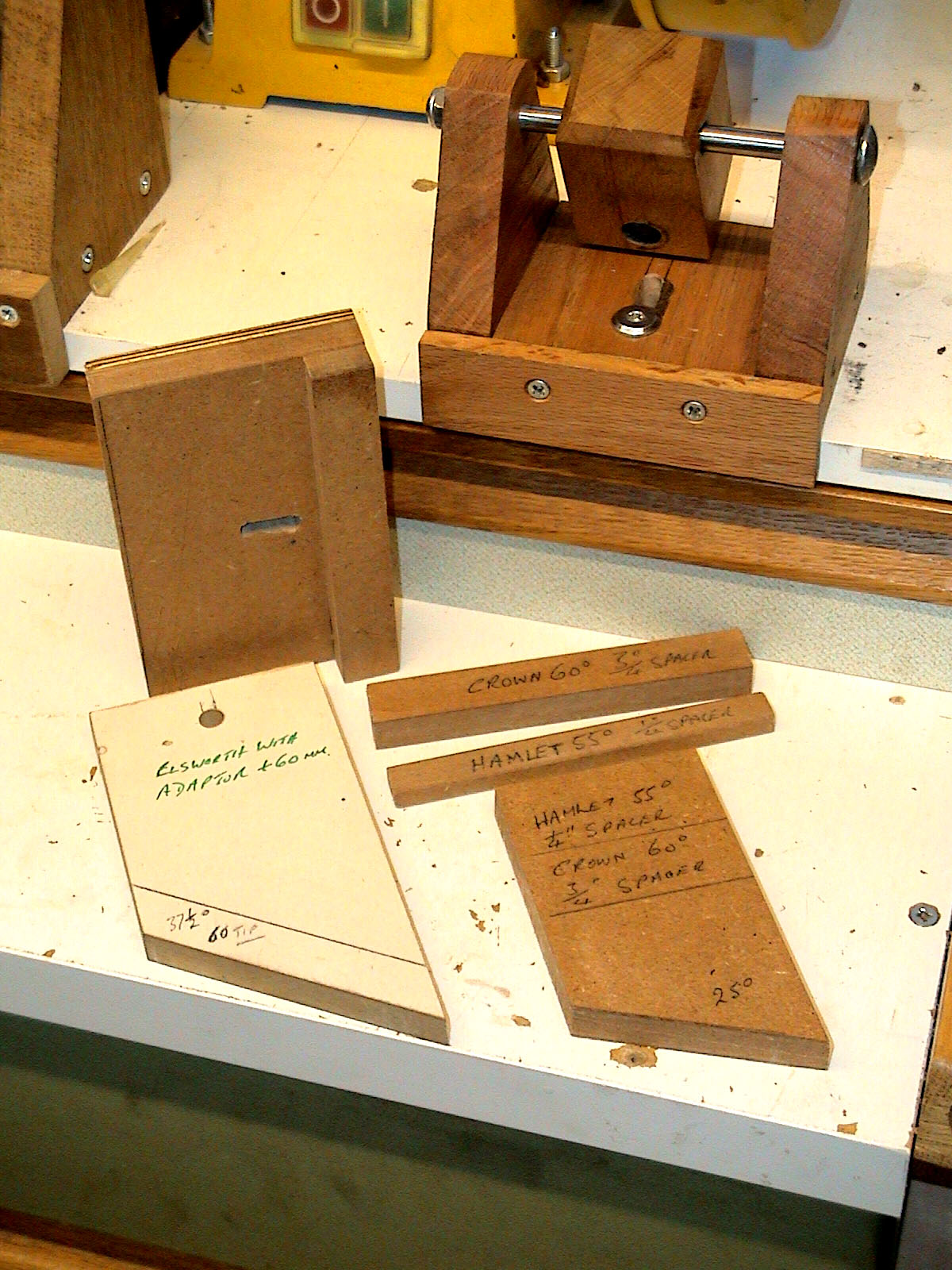tinytim1458
Established Member
Hi I have a question for everyone that has used a Fingernail Profiler Arm like the one that Tormek and Robert Sorby and others use.
if you alter the angle of the jig from 120deg either up or down and or move the stop ring on the end of the rod of the Fingernail Profiler Arm what are the grinds like are they better or worse from your perspective.
I have tried once or twice and certainly get a different grind but as to if they are better or worse I still don't know and that is why I need your input.
Just have to regrind the tool as the front of the bowl gouge its 1mm lower than the side as something went wrong.
Tim
if you alter the angle of the jig from 120deg either up or down and or move the stop ring on the end of the rod of the Fingernail Profiler Arm what are the grinds like are they better or worse from your perspective.
I have tried once or twice and certainly get a different grind but as to if they are better or worse I still don't know and that is why I need your input.
Just have to regrind the tool as the front of the bowl gouge its 1mm lower than the side as something went wrong.
Tim






































